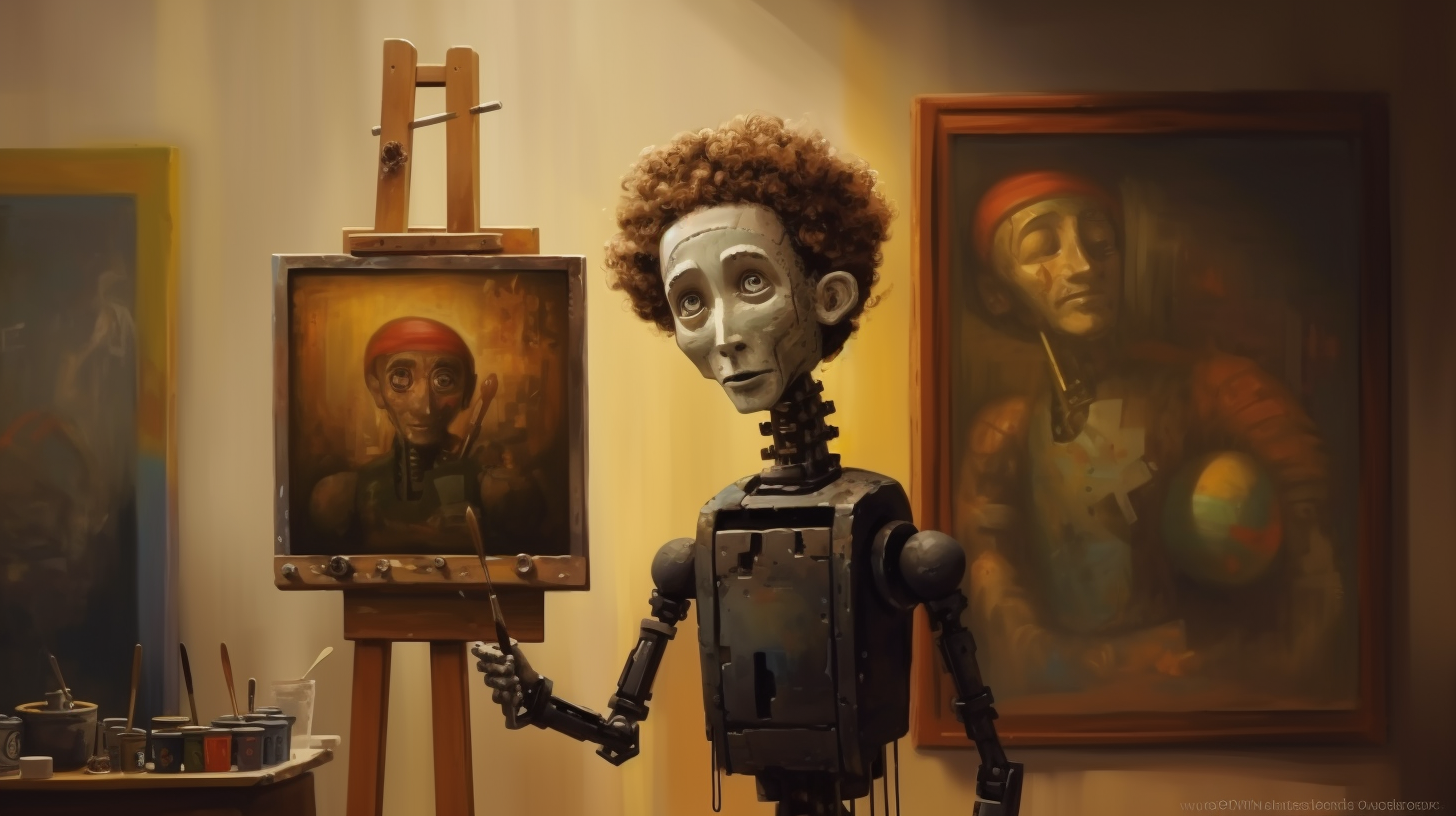Artificial intelligence may be able to synthesize and generate works of art, but it still can’t receive copyrights in the U.S. following a decision by District Judge Beryl A. Howell on Friday. Howell found that “human authorship is an essential part of a valid copyright claim,” meaning that computer scientist Stephen Thaler remains unable to copyright an image oh behalf of an AI model that he owns.
These are the breaks right now for text-to-image AI models. Current legal limits extend to AI-generated text, too, which — as I explored in the last issue of my Sidebars newsletter — has book publishers reluctant to dive in to the technology for use on their final products, even if they see emerging opportunities for the tech’s use in their marketing departments.
In Thaler’s case, where he challenged a position held by the United States Copyright Office, Howell went all the way back to the U.S. Constitution and James Madison to outline the legal intent behind copyright:
At the founding, both copyright and patent were conceived of as forms of property that the government was established to protect, and it was understood that recognizing exclusive rights in that property would further the public good by incentivizing individuals to create and invent. The act of human creation—and how to best encourage human individuals to engage in that creation, and thereby promote science and the useful arts—was thus central to American copyright from its very inception. Non-human actors need no incentivization with the promise of exclusive rights under United States law, and copyright was therefore not designed to reach them.
Judge Beryl Howell
In her opinion, Howell brought up a litany of past cases, including the now famous Naruto v. Slater instance where the Ninth Circuit rejected the right of the crested macaque Naruto to sue under the Copyright Act for alleged infringement related to the monkey’s own selfie, because “all animals, since they are not human” lack statutory standing.

In that case, the monkey took pictures using a camera owned by photographer David Slater. People for the Ethical Treatment of Animals (PETA) led the effort to sue on Naruto’s behalf. PETA eventually settled with Slater, and the courts maintained that animal-created works cannot by copyrighted.
For now, Howell does not believe AI should be granted legal standing that was denied to Naruto, and opted not to reverse the Copyright Office’s earlier decision. Thaler, meanwhile, intends to appeal.
Thaler’s case highlights questions that are likely to gain steam in the coming years, though. The Copyright Office maintains that “copyright law is limited to ‘original intellectual conceptions of the author,'” meaning that is the zone where legal decisions will have to be made as AI-powered tools become more and more powerful, rendering images like the one — generated based on a text prompt given to Midjourney — that is used at the top of this article.
Software such as Adobe’s Photoshop has long offered autofill and other means of patching and estimating what rendered content should look like. As Adobe’s Firefly, Midjourney, and OpenAI’s DALL·E offering become more robust, they will continue to greater and greater amounts of work pooling from reference points that include existing copyrighted works. That will pave the way for challenges not just about the right to obtain copyright, but also for litigation such as Sarah Silverman’s against OpenAI about whether AI models should be able to reference the original works at all.
Featured image for this post generated using Midjourney
